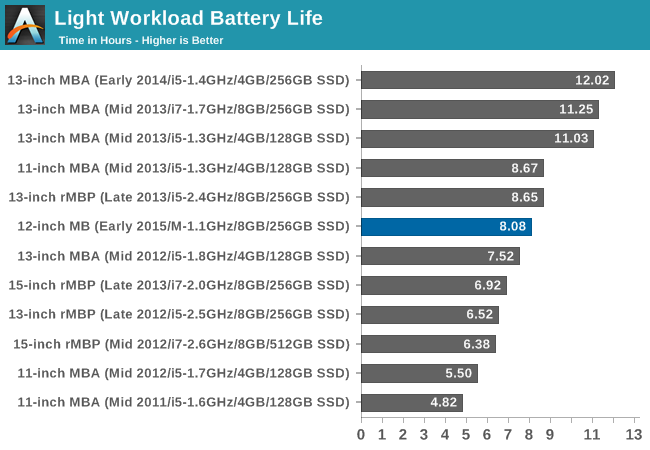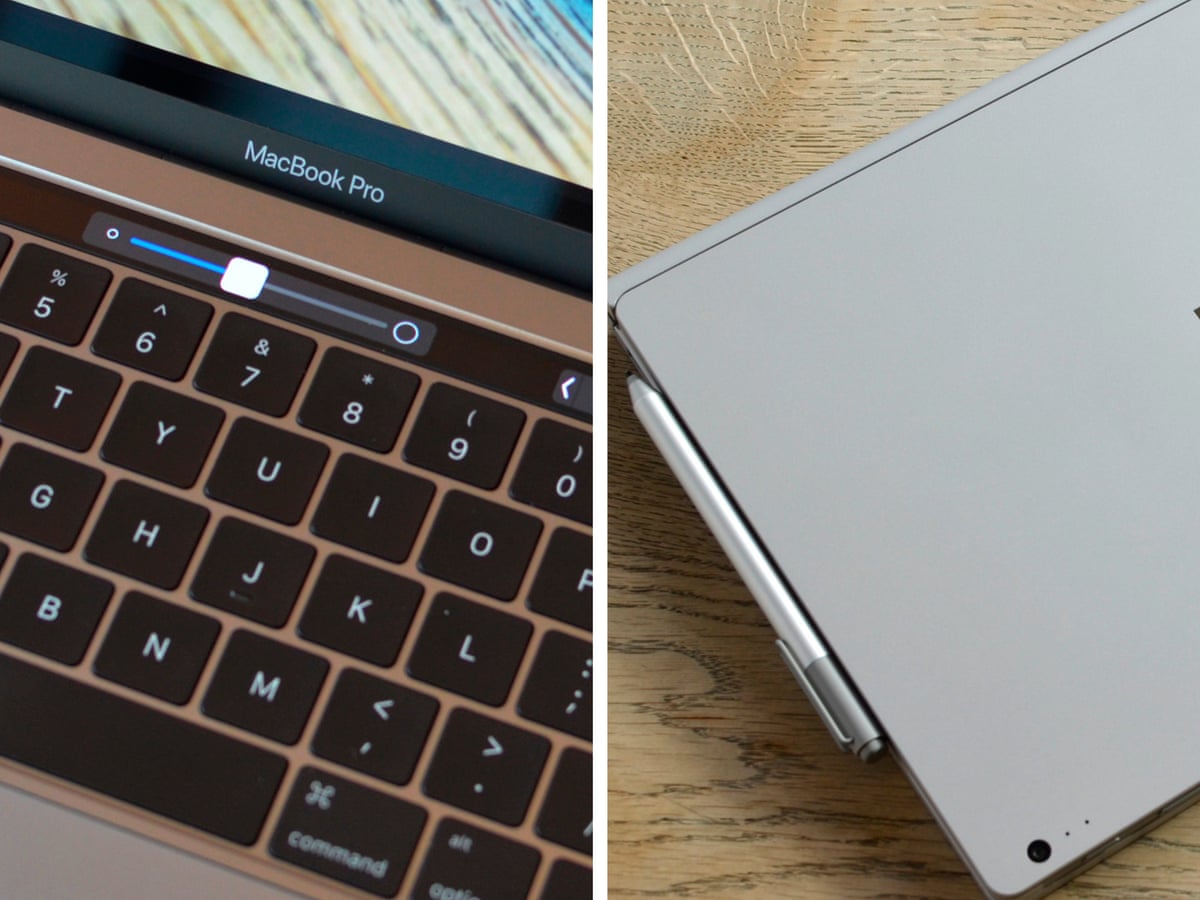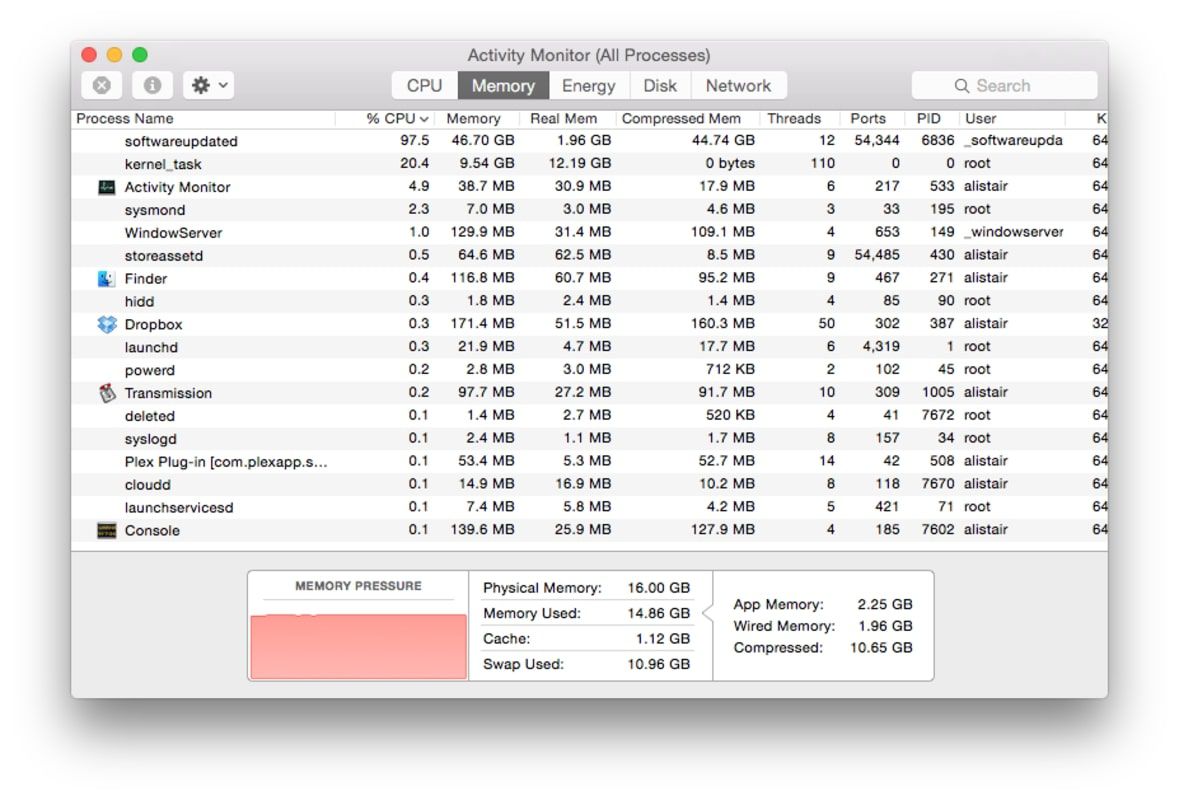- Macbook Pro Battery Life 2020
- Macbook Pro Battery Life Download For Px 10
- Macbook Pro Battery Life Cycles
Optimize your battery life
So far Apple has confirmed the random shutdown behavior on the 2019 13-inch MacBook Pro, though Mashable reports a similar issue occurring on the 13-inch MacBook Pro model from 2017, so the bug. After the WebKit compiling was finished on the various Macs, the M1-based MacBook Air and 13-inch MacBook Pro each had 91% battery life remaining, compared to 61% on a high-end 16-inch MacBook Pro.
Your notebook battery life depends on your computer's configuration and how you're using the computer. Here are some settings and steps you can take to get the most from your computer’s battery.
Check Battery preferences
The Battery pane in System Preferences has settings to help improve the battery life on your Mac notebook. To view Battery settings, choose Apple menu > System Preferences, click Battery or Energy Saver, then select the Battery tab.
The example above is from macOS Big Sur. Some features such as Automatic graphic switching and Power Nap aren't available on all Mac notebooks or versions of macOS.
For maximum battery life, use the following settings:
- Turn on “Slightly dim the display while on battery power”. This setting lets your Mac adjust the display brightness to 75% when you unplug the computer from power.
- Turn off “Enable Power Nap while on battery power”. This setting prevents your Mac from checking for mail or other iCloud updates during sleep which improves standby time.
- Turn on 'Optimize video streaming while on battery”. This setting lets high-dynamic-range (HDR) video play in standard dynamic range (SDR) while on battery power, which uses less energy.
- Turn on “Automatic graphics switching”. This setting lets MacBook Pro models with multiple graphics processors automatically switch between them to maximize battery life.
Adjust display brightness
By default, your display automatically adjusts the brightness to conserve power. If you turn off automatic brightness, you should turn it back on later to preserve battery life. To set the brightness automatically, choose Apple menu > System Preferences, click Displays, then turn on ”Automatically adjust brightness”. Learn how to adjust your brightness manually.
Check battery health
You can check the health of your battery in Battery preferences or the Battery status menu:
- In macOS Big Sur, choose Apple menu > System Preferences, click Battery, select Battery in the sidebar, then click Battery Health.
- In macOS Catalina or earlier, hold the Option key and click the battery icon in the menu bar to reveal the battery status menu.
You'll see one of the following status indicators:
- Normal: The battery is functioning normally.
- Service Recommended: The battery's ability to hold charge is less than when it was new or it isn't functioning normally. You can safely continue to use your Mac but you should take it to an Apple Store or Apple-authorized service provider to get your battery evaluated.
To get service on your battery, contact Apple.
In earlier versions of macOS, the battery status might display Replace Soon, Replace Now, or Service Battery if your battery holds less of a charge than when it was new or needs to be serviced. If the battery's lowered charging capacity is affecting your experience, get your battery evaluated at an Apple Store or Apple-authorized service provider.
While some third-party apps report on battery health conditions, the data reported by these apps may be inaccurate and isn't a conclusive indication of actual diminished system run time. It's best to rely on the information reported in the battery health menu, described above.
Diagnose battery issues
Learn how to check your hardware, identify apps or features contributing to high energy use, and resolve charging issues.
Run diagnostics

A great place to start when troubleshooting battery issues is the built-in diagnostics that are available on your Mac notebook. Learn how to use Apple Diagnostics on your Mac.
If you don't find any issues with Apple Diagnostics, read on for more information about troubleshooting your battery.
Check the battery status menu
The battery status menu shows you how much charge your battery has and whether it's currently charging. This menu is at the right side of the menu bar:
The battery status menu also tells you if your display or any apps are using significant energy. Also consider closing any apps that are listed to save battery power.
If you use optimized battery charging in macOS Big Sur, you'll see additional information when your Mac is connected to power, such as whether charging is paused or when your battery will be fully charged. If charging is paused and you need to have your Mac fully charged sooner, click Charge To Full Now.
Resolve charging issues
Get help with other issues such as if your Mac won't recognize a power adapter or charge to 100%.
If your Mac isn't charging
Confirm the correct wattage AC adapter for your computer. A power adapter rated for a lower wattage than is required for the system might not reliably charge the computer. If you're not sure which power adapter to use with your computer, learn how to find the right power adapter and cord for your Mac notebook.
For more help, learn what to do if your USB-C power adapter isn't charging your Mac notebook. If issues persist, shut down your Mac, close the display for 30 seconds, then try to charge again. Or if you have an Intel-based Mac, reset the SMC.
If your Mac won't charge to 100%
If you use optimized battery charging in macOS Big Sur or use macOS Catalina or earlier, occasionally the battery might not show a full charge (100%) in macOS, even after the power adapter has been connected for an extended period of time. This behavior is normal and helps prolong the overall life of the battery.
Servicing the battery in your Mac notebook

MacBook, MacBook Air, and MacBook Pro computers with built-in batteries should only have their batteries replaced by an Apple Authorized Service Provider or Apple Retail Store. Attempting to replace a built-in battery yourself could damage your equipment, and such damage is not covered by warranty.
Some older Mac notebooks have removable batteries that you can replace yourself. Contact an Apple Authorized Service Provider or Apple Retail Store for assistance servicing a removable battery.
Battery warranty information
Your Apple One Year Limited Warranty includes replacement coverage for a defective battery. If you purchased an AppleCare Protection Plan for your Mac notebook, Apple will replace the notebook battery at no charge if it retains less than 80 percent of its original capacity. If you don't have coverage, you can have the battery replaced for a fee.
Understanding batteries in Mac notebooks

MacBook, MacBook Air, and MacBook Pro computers come with lithium polymer batteries to provide maximum battery life in a compact space. To understand battery technology and battery life, it's good to know common battery terminology:
- Cycle count: Batteries are expected to function for a certain number of cycles. This number represents the sum of total and partial discharge cycles throughout the life of the battery. You can see the cycle count limit for your computer by reviewing Determining battery cycle count for Mac notebooks.
- Full charge capacity: Measured in mAH (milliampere-hours), this refers to the amount of power the battery is capable of containing, less the energy required to shut down the device. This number lowers as the battery becomes depleted with usage and age.
- Remaining charge capacity: This number represents the current amount of power left in the battery as measured in mAh (milliampere-hours). Using the computer when not connected to AC power will cause this number to lower as power is depleted from the battery.
- Defective: Batteries are considered defective when they stop working due to a defect in materials or workmanship, or due to a manufacturing defect. Defective batteries are covered under Apple's one-year limited warranty and extended-service contracts.
- Load: The amount of activity being performed by a task or tasks. Certain power-intensive processes place a heavier load on the battery and result in a much-reduced runtime per charge.
Learn more
Learn more about the batteries used in Apple products.
In this article, we'll look at common problems and 5 fixes for these MacBook and MacBook Pro battery problems.
Why is my Mac battery draining so fast?
There can be a number of reasons. For example, different browsers consume different amounts of battery power.
In some cases, a recent upgrade to a new macOS can be the cause and therefore a temporary problem. It either stops doing this in its own time, or a new macOS patch/upgrade is sent through and once downloaded the problem goes away. It is known to happen around the time of new releases and is an issue many Mac owners anticipate.
However, in other cases, the issue is less widespread and more localized. We cover five of the most common problems and fixes for Mac users, in particular MacBook owners who have suffered from a fast draining battery.
5 solutions for Mac battery problems
1. Check and change Battery Settings
In the top menu, where the battery appears, it’s always useful to switch usage to a statistics setting, so that you can clearly see how fast it's draining.

If you click on the battery, it will show which apps are using the most amount of power.
- From here, click on Open Energy Saver Preferences
- Within this you’ve got the option to put the hard disks to sleep and dim the display when a Mac is not connected to power.
2. Switch on Energy Saver
Always useful when trying to conserve battery power on any device, and it could be a lifesaver if you happen to be out without a power cord or plug.

- From the Apple menu;
- Go to System Preferences > Energy Saver
- Now click on the Battery tab
- A slider should be on this screen: Switch Power Nap off, while sliding the scale along to ensure the screen goes dark after a reasonable amount of time when not being used, which should reduce battery drainage.
3. Find out what is using energy
When investigating a fast draining battery, it’s always useful to know what is using energy in the first place. To find out, follow these steps:
Macbook Pro Battery Life 2020
- Go to Applications;
- Click on Utilities > Activity Monitor;
- Activity Monitor will show what is taking up CPU and GPU;
- Giving you the ability to close anything that is clearly taking up too much battery power.
4. Identify background apps
Behind the scenes, most Macs can run dozens of apps without us realizing it. Some of these could be running because we forgot about them. Others open during the startup sequence. And others, without us knowing it, could be malware or ransomware, or other viruses, either designed to steal data or steal processing power to mine cryptocurrency or even run remote DDoS attacks.
Now, clearly that sort of thing isn’t ideal and you won’t want apps running that drain power, steal data, or that use your Mac for something you aren't even aware. To solve these potential battery draining problems, we recommend taking the following steps:
- Download CleanMyMac X (for free, here)
- Click on Uninstaller
- It will run a scan of every app on your system: Either click to rest or safely uninstall everything you don't need or aren't aware of.
Also, click the Optimization tab in CleanMyMac. You’ll find the tool called Launch Agents.
It displays tiny background applications otherwise non visible to a user. This very often gets exploited by advertising scripts — a sure way to drain your battery power.
As you can see, these items can be easily switched off using the Disable button.
Macbook Pro Battery Life Download For Px 10
5. Adjust screen brightness
The brightest lightbulbs consume more energy, same is true for your screen's lighting. In your Preferences, look up Displays settings and do a couple of tune-ups there. Make sure to tick 'Automatically adjust brightness' checkbox.
6. Clean up your Mac
Macbook Pro Battery Life Cycles
Macs battery benefits from various forms of cleaning. Why? Because the cluttered hard drive uses more CPU resources. The more strain on CPU, the more it affects and eventually wears off your battery. There are dozens of pretty good tools to remove hidden junk from Mac but my personal favorite is CleanMyMac X. It's so enjoyable to use even for such a trivial operation as deleting junk files.
- Download CleanMyMac X — here 's a link to a free edition
- Click on the System Junk tab
As you can see, I was able to remove 18.9 GB worth of useless files: caches, broken downloads, localizations, etc.
Sit back and know that with a tidy Mac, with it free from all of the clutter of years of use — and a monitoring system in place to look after it — your battery should be operating at optimum levels again.
